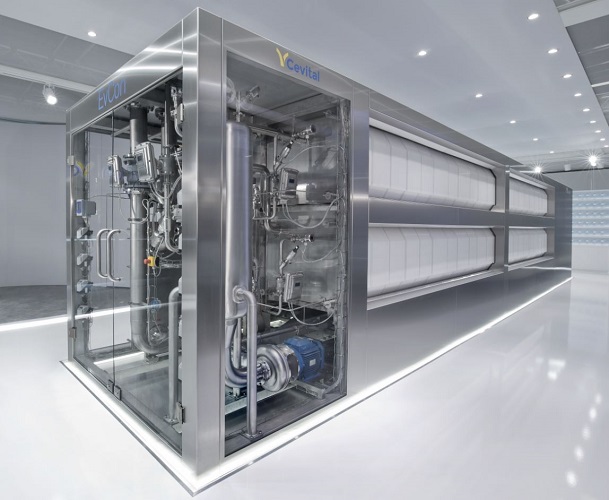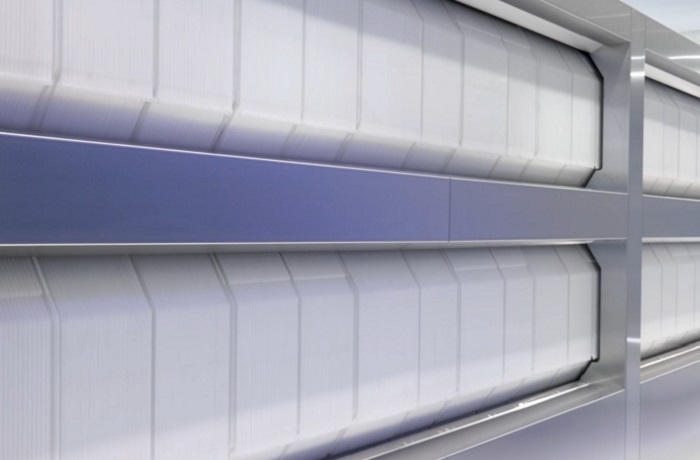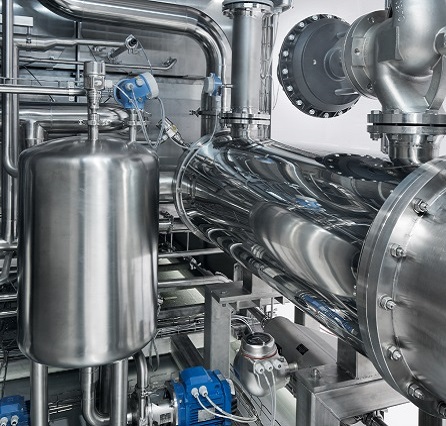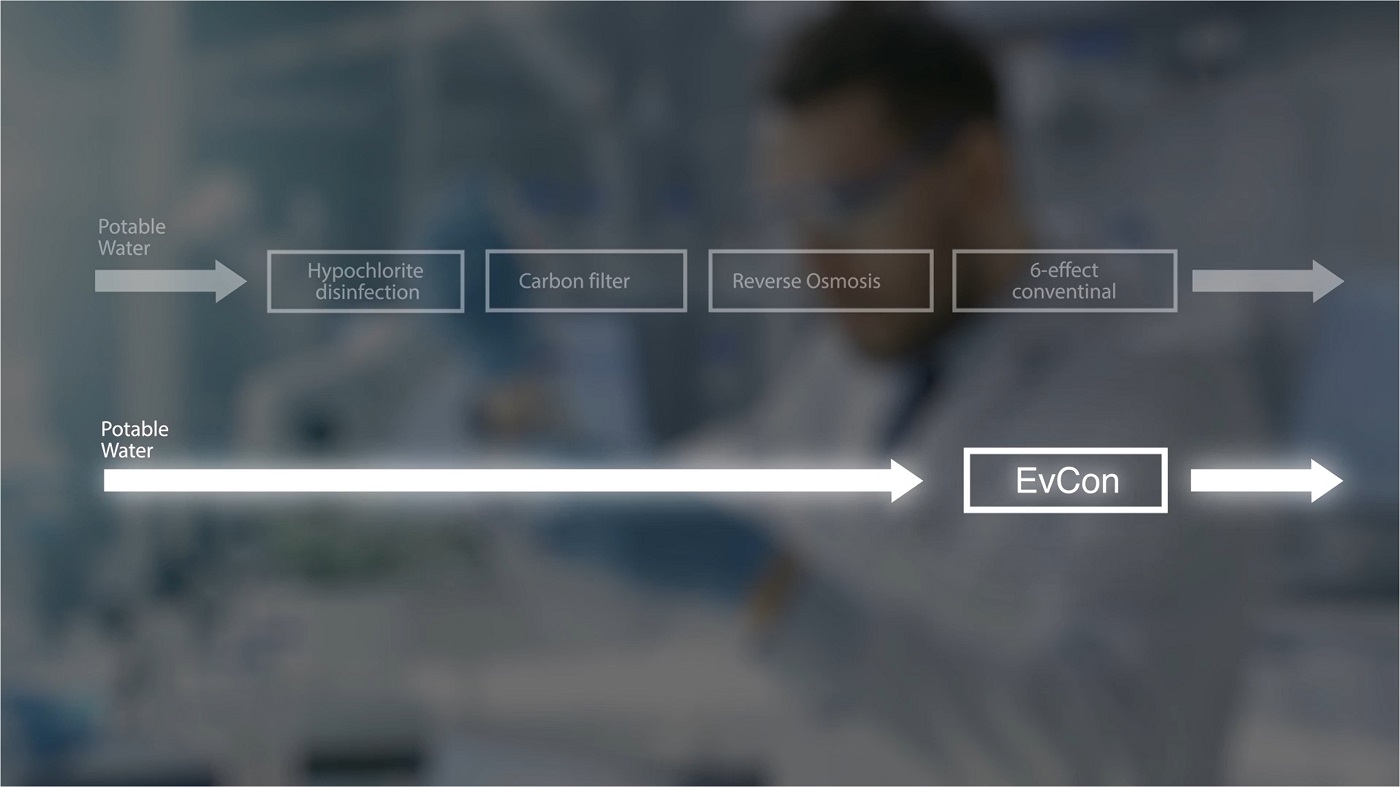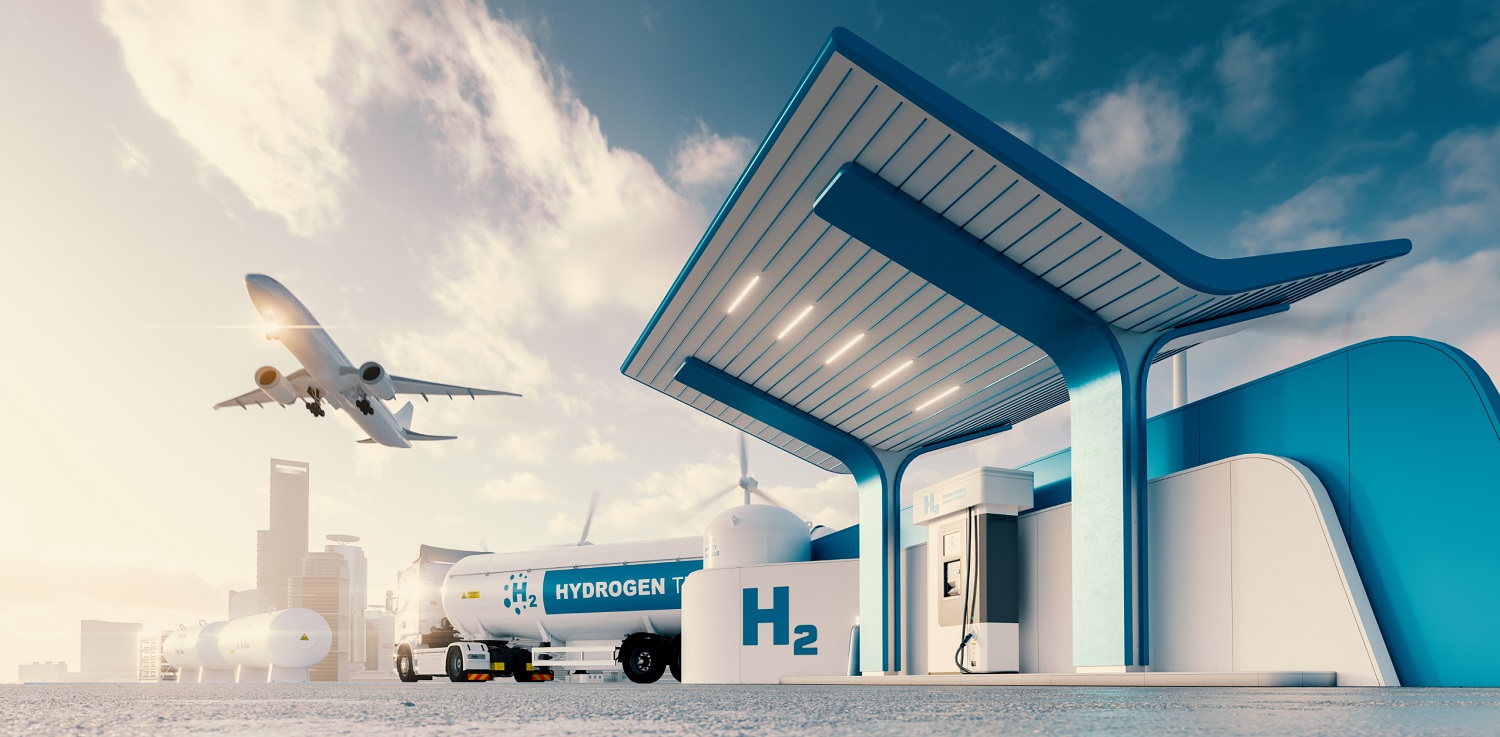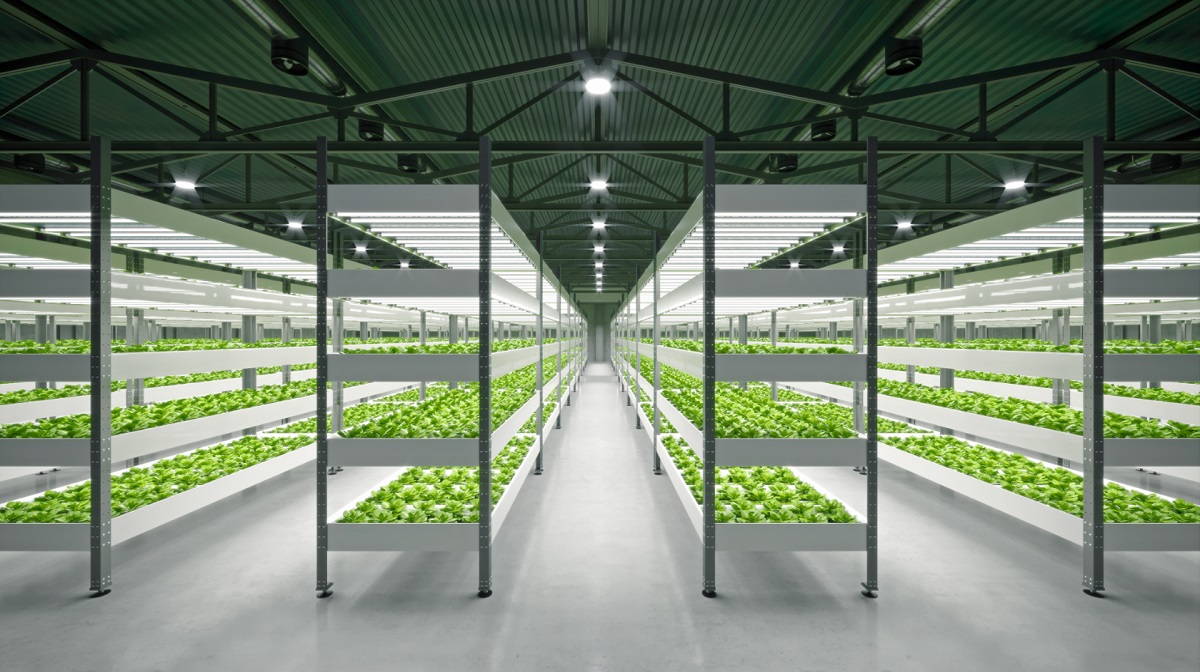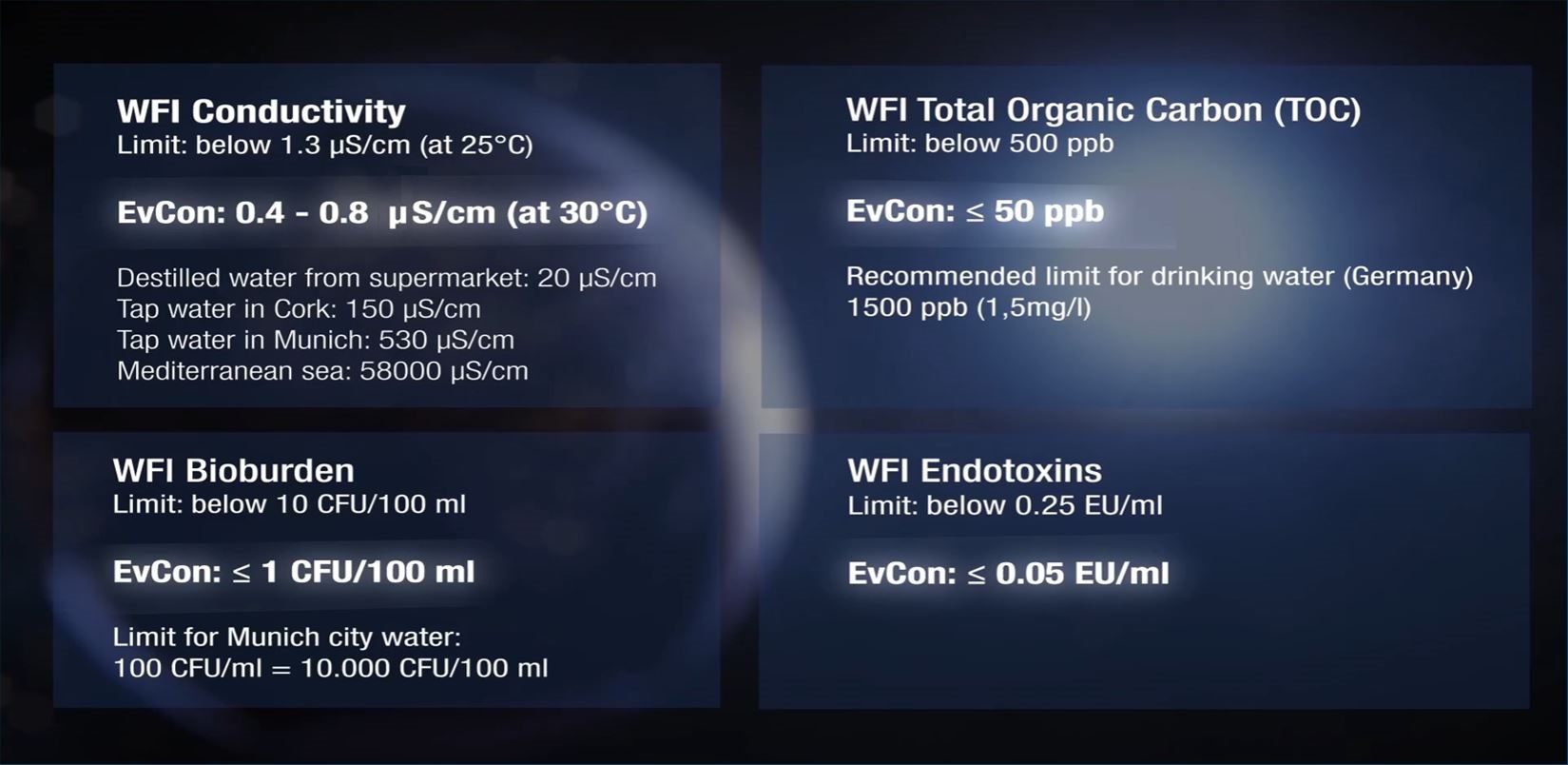Separation as sharp as a scalpel
The VMEMD process is very powerful for the production of highly purified water! It is realized in the EvCon VMEMD modules which combine the sharp separation of evaporation with a hydrophobic membrane that works as a perfect droplet catcher.
The additional use of the membrane as a filter for vapor leads to 100% rejection of non-volatile content of the feed water like salt ions and germs. Only purest vapor passes the membrane. The condensed vapor is collected and leaves the modules as premium distillate.
Other membrane processes may suffer from leakages and low rejection rates through the used membranes, as known at Reverse Osmosis (RO) and Ultra Filtration (UF) technology.
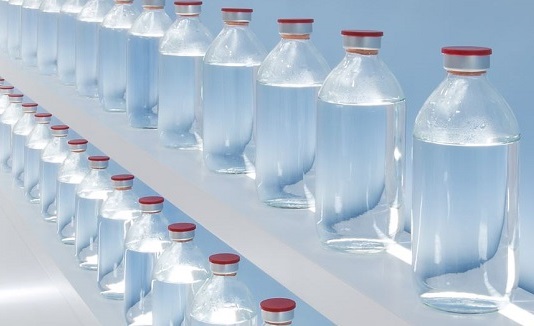
The VMEMD-modules provide a unique internal safety configuration that prevents contamination of the distilled water in the very unlikely case that any liquid may pass the membrane. The latent energy of the vapor is reused multiple times within a VMEMD module. This gives the process the high energy efficiency of established multi-effect-distillation systems.

